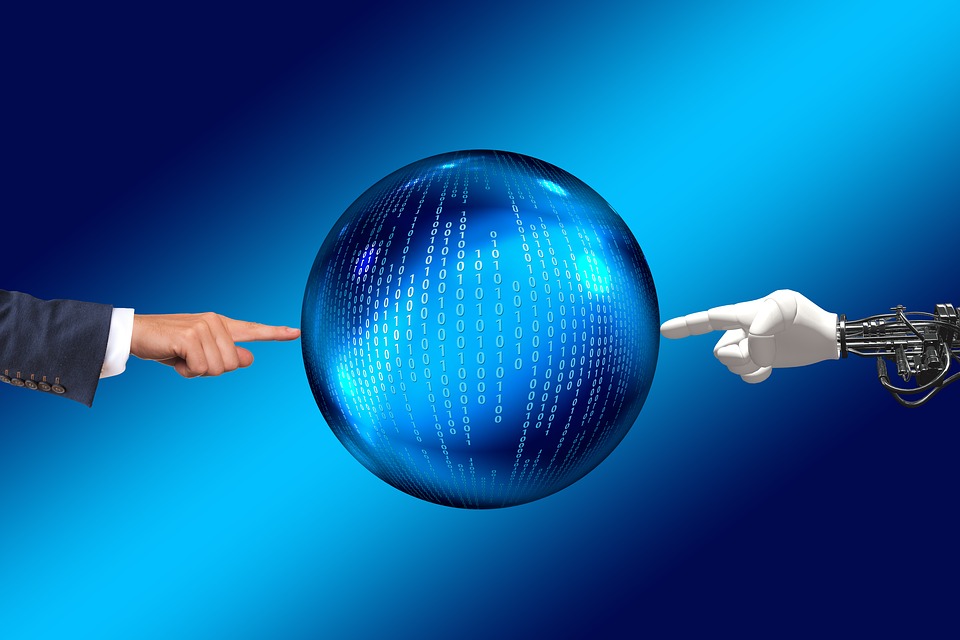The interest in collaboration between humans and robots across the supply chain has been on the rise and the ongoing COVID-19 pandemic has highlighted this aspect even more.
Automation alone can be inflexible and expensive since robots are typically designed to carry out only one specific task. The companies are realizing that the best option is to collaborate robots and human workers thus combining the speed and strength of robots with the skill and creativity of humans.
Some companies are now deploying robots to perform simple and repetitive tasks and allowing their human workforce to focus on tasks that require deeper strategizing and thinking.
This new way of collaboration between humans and robots is termed as “cobot” which means that each type of worker is allowed to focus on the task that they can perform best.
The cobot market is expected to be worth $18 billion by 2030 as per a report from Root Analysis.
The need for transformation and challenges
The need for transformation goes beyond this pandemic. With the ever-changing market needs, the manufacturing industry is under pressure to meet the modern demands of customization, quality expectations, high product variability, and faster product cycles.
Today, customers expect delivery guarantees and when they don’t get what they want, they can find another source. Therefore, good inventory management accompanied by the ability to drive goods through the supply chain at a high speed has become a must-have.
To tackle these challenges pairing robots with human skills has become the need of the hour. However, there are certain challenges with automation. Automation is time-consuming and expensive to design. The precision robots require specific coding at each step and rely on predictable and uniform tools and parts. With a slight fluctuation in any part, the machine doesn’t function properly and the production line may come to a halt as a result, long production schedules.
Similarly, relying only on the human workforce to handle huge, bulky parts can make the work strenuous, dangerous, and slow-paced. Moreover, repetitive motions may cause stress injuries. Furthermore, uncomfortable and exhausted workers are more prone to making mistakes, reducing productivity and quality.
Supply chain adoption of the human and robot collaboration
Now, deploying cobots has become simpler and faster nowadays. Unlike conventional robotics, the industrial robots are now loaded with sensors to detect the presence of humans around them and are enabled with force and speed limits that minimize any impacts.
With new technologies like artificial intelligence, IoT and cloud, robots are now able to autonomously navigate the facility as they have the in-built intelligence to identify any barrier and make a decision about how to respond to such situations. IoT enables the robots to capture data in real-time about a task while cloud is helping to drive improvements in robotics. Cloud coupled with IoT allows organizations to monitor, operate, and manage robots from anywhere which has drastically enhanced the usage of robots in the workplace.
Additionally, the cost of ‘cobots’ is becoming increasingly affordable- from complete purchase to paying rent per month/week/day/hour options is making it easier for even small businesses to justify their expense. Research done by the Massachusetts Institute of Technology further boosts the ROI, according to this report human-robot collaborations are 85 percent more productive than either of them working alone.
Working in collaboration
The idea of only machine programing and maintenance may not work successfully as there is always a need for human skills and adaptability. With products becoming more customized and varied to the customer needs and local markets, the economics of complete automation does not fit in full. The time required and the vast engineering costs and the time to bring up a completely automated line for a complex product can never be paid back before the product needs to be changed.
The best option is to combine the strength, speed, and precision of industrial robots with the skill, dexterity, and judgment of human workers. With such collaboration, human workers can perform tasks that require flexibility while the robots can manage tasks that make the best use of their speed and strength.
The future of robots in supply chain management
The future of robots in the supply chain seems to be bright. The growing market demand will encourage robotic vendors to innovate further and bring advanced functionality to the supply chain. This will prompt more companies to invest in robotics and make their supply chains more efficient.
The collaboration between humans and robots will help supply chains to deliver remarkable customer service and cost to serve while refining business performance. Therefore, the businesses that embrace this change will quickly disrupt the competitor that sits idle and believes it is at the top.
With increasing cost pressures and a focus on customer centricity, the adoption of robotics will only increase.





